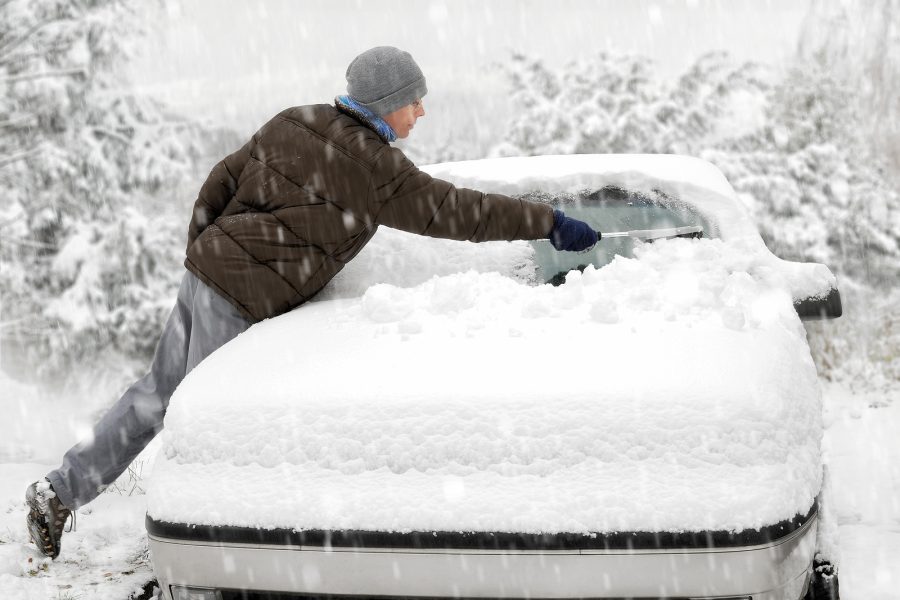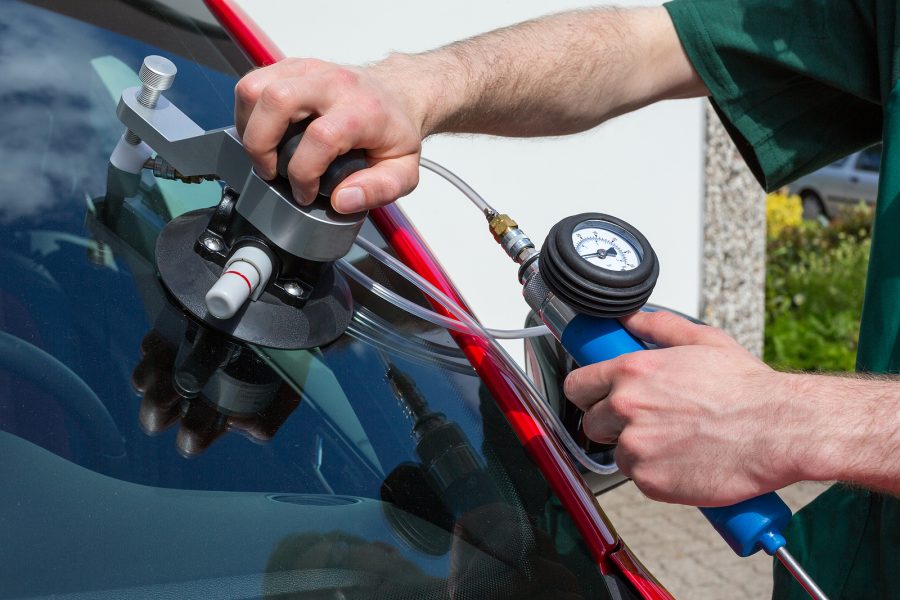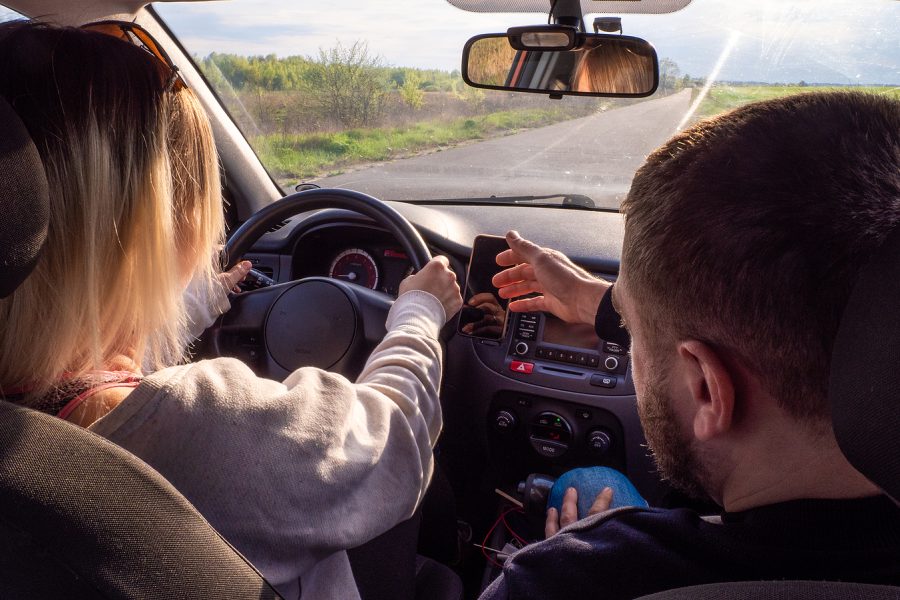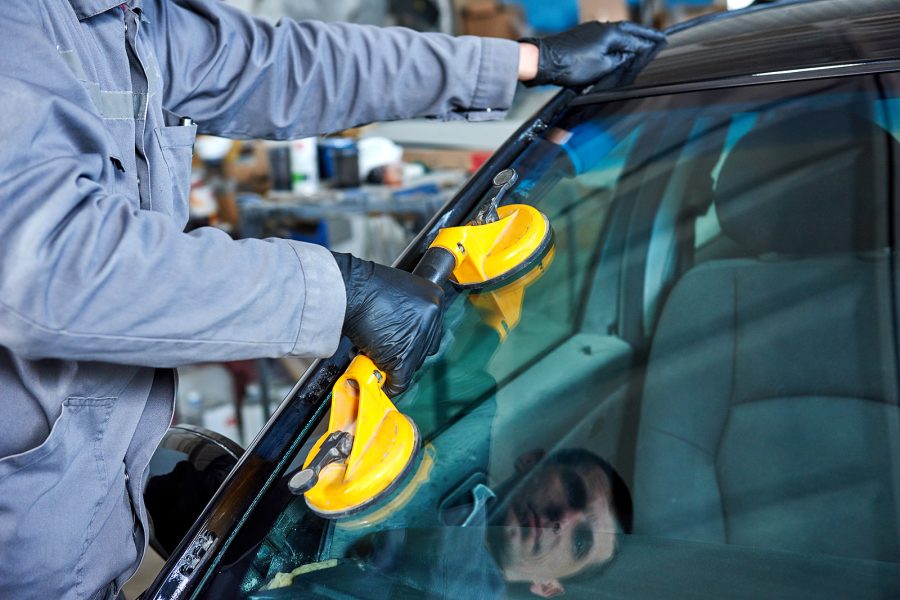Knowing how to drive your car safely in the snow, sleet, and ice is an essential skill for when the weather takes a turn for the worst, as well as making sure your vehicle is prepared for the wintery conditions.
January through to March are often the coldest times of the year, and when you must take the most care on the roads. The Daily Mail has reported on a test developed by motorbike insurance company Carole Nash that tests drivers on how well they can identify winter driving hazards.
Difficult driving conditions such as snow, ice – including black ice and low sun dazzling drivers can be combined with other problems such as frozen radiators and windscreens and dead batteries.
Here’s a brief guide for tacking the winter weather while driving.
How to drive in snow and ice
- Wear comfortable, dry shoes. Big boots covered in snow will slip on pedals and reduce your ability to control your car.
- Pull away in second gear, gently releasing the clutch to avoid wheel-spin.
- If heading uphill, try and avoid having to stop halfway up. To do this, wait until the road is clear or leave plenty of room to the vehicle in front and keep a constant speed, choosing the most suitable gear that avoids wheel-slip and having to change down.
- When heading downhill, reduce speed beforehand and use a low gear to avoid picking up too much speed and having to use the brakes. Leave plenty of space to the car in front.
- Apply your brakes gently when you need to use them, so increase your stopping distances.
Reduce your speed
It is very important to lower your speed and keep your distance from the car in front. A quarter of drivers have admitted they do not reduce their speed on icy roads, and 23 per cent fail to increase the gap to the vehicle in front.
What is black ice?
Black is is clear snow or rainwater that freezes over on darker road surfaces, rendering it not only invisible but potentially deadly too. Road surfaces can freeze whole the air is still around 4ºC, causing black ice to form even when there’s no snow or rain.
What to do if you skid on the road
If you do find yourself on ice and skidding, you must not brake or accelerate until you are back in control of the vehicle. Dropping the gears and using the engine to slow the car instead of braking may help prevent skidding
Preparing your car
Before you set off on a journey, ensure your car is safe and prepared for the weather conditions. Make sure you have given yourself plenty of time to prepare and reach your destination.
You must clear all the ice and snow off all the windows, and always inspect your windscreen for damage, as the differential between the cold air outside and warm air inside your car can cause a small chip to become a large crack.
If you need windscreen replacement services to ensure your car is safe and prepared for winter, get in touch today.









